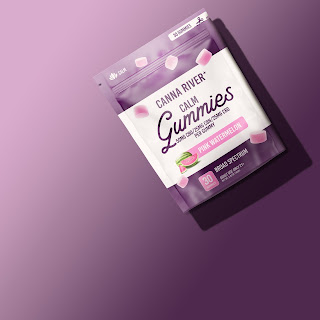Similarities and differences between broad-spectrum and full-spectrum CBD in health products
When it comes to the booming CBD market, familiarity with different formulas is crucial. One of the most frequently asked questions that comes from both new and experienced users is about the difference between broad spectrum vs full spectrum CBD – a difference that can play a big role in how a product could work on the body.
Full-spectrum CBD is made with all of the natural cannabinoids found in the hemp plant, meaning there are trace amounts of THC (usually less than 0.3%). Such a profile is supportive of an “entourage effect” where cannabinoids act synergistically together in a way that can amplify any therapeutic effects of the compound.
On the other end, broad-spectrum CBD contains not only a mixture of cannabinoids and terpenes, but is further refined to exclude all traces of THC. This makes it an attractive option for anyone interested in the advantages of multiple cannabinoids, but not the THC for whatever their personal or professional reasons may be.
When it all comes down to it, the choice between full spectrum and broad spectrum CBD will typically come down to personal needs and individual tolerance. Full spectrum products may also have a noticeable effect on the “entourage effect, while THC-free broad spectrum products may offer the peace of mind of not having any THC.
Consumers can better select products according to what best suits their needs after grasping broad spectrum vs full spectrum CBD and what makes them unique—enhanced relaxation, targeted relief, general well-being, etc. Like with any supplement, talking to a healthcare provider will give you personalized advice and help you safely integrate them into a wellness routine.
To know more about softgels for pain please visit our website: cannariver.com




Comments
Post a Comment